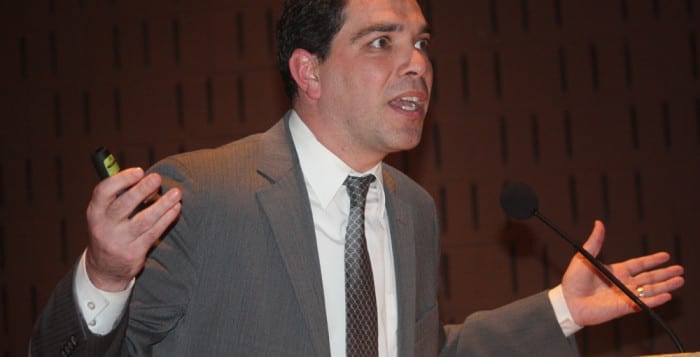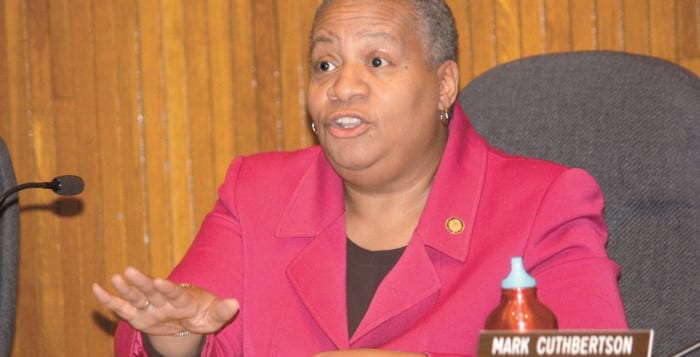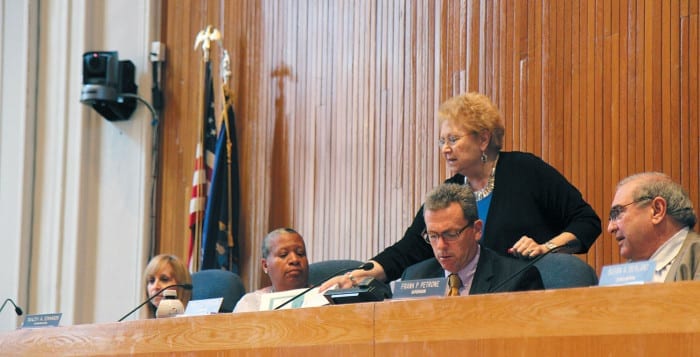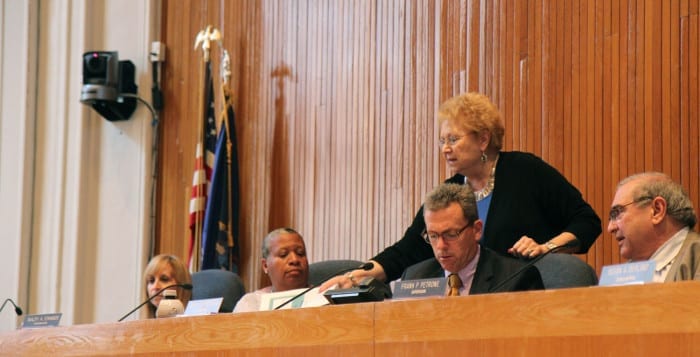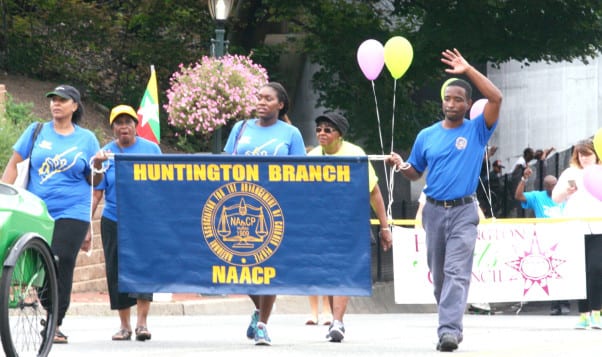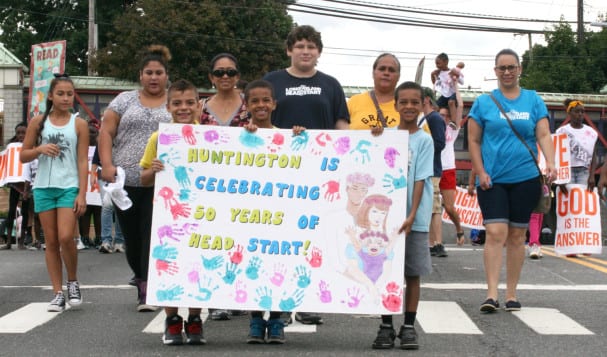Huntington Station’s revitalization took one step forward on Sept. 16, as the Huntington Town Board approved the Huntington Station Gateway Plan at its monthly meeting.
The Huntington Station Gateway Plan is the environmental review encompassing three sites slated for redevelopment by Renaissance Downtowns — the town’s master developer for Huntington Station.
The three sites are all within walking distance of the Huntington Long Island Rail Road station and in close proximity to each other, allowing for a combined review of the potential environmental impacts of the projects, the town said. The projects include a hotel and office building across the street from the train station at the intersection of New York Avenue and Railroad Street; a mixed-use building with apartments and retail businesses behind the town’s Gateway Plaza at New York Avenue and Olive Street; and artists’ residences and display space in part of what is now a parking lot at New York Avenue and Church Street.
“Approval of the Gateway Plan allows Renaissance to take the next steps on each of the proposals, which could include site plan approval,” according to a town statement.
In an email this week, Ryan Porter, vice president of planning and development at Renaissance said the team is excited about the approval of the plan, which marks the “culmination of nearly a year’s work in collaboration with the town and the community.”
He said the team would continue to work with the town and the county on sewer solution strategies for the non-sewered areas in the revitalization.
“With this approval behind us, we will now accelerate discussions with our development and financing partners as well as multiple tenant prospects,” Porter said. “In addition Renaissance will look to commence site plan approvals and building permits for several of the sites in 2015 with the goal of being in the ground in 2016.”
The projects are also near the proposed Columbia Terrace veterans-preference affordable housing development Huntington Town has planned for the intersection of Railroad Street, Columbia Street and Lowndes Avenue. Town officials said they hope to break ground on that development early next year, according to a statement.
For more information about Renaissance’s plans, visit sourcethestation.com.

